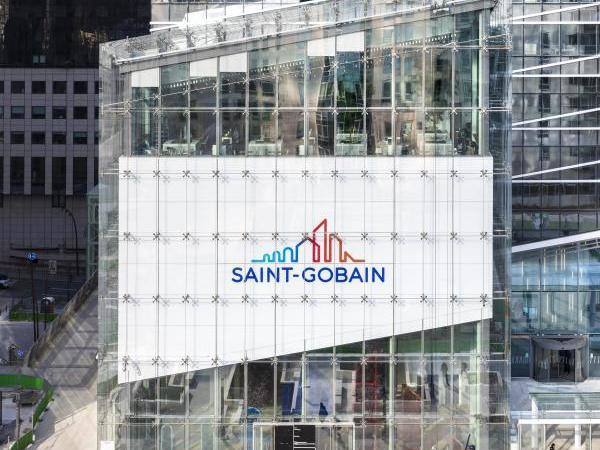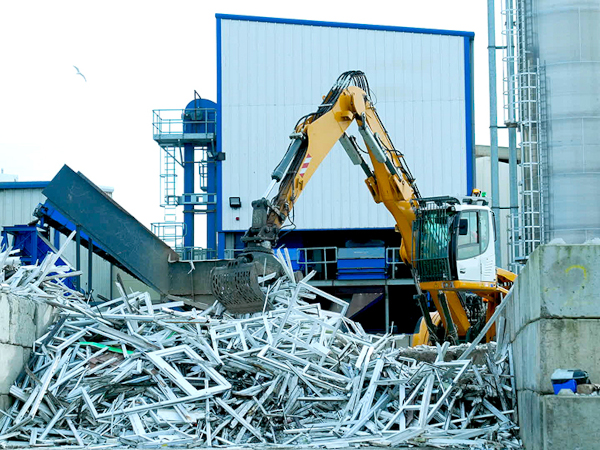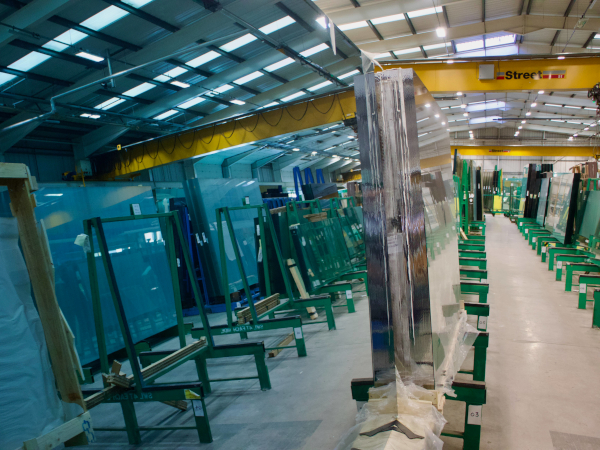Date: 9 August 2011
However, it is a sleeping giant, and it could dominate the market within the decade argues Derek Dragten, Saint-Gobain Glass’ Sales and Marketing Director.
Shifting demands
Market research conducted before launching our recent Planitherm marketing campaign found that energy efficiency isn’t at the top of homeowner’s reasons to consider replacing their windows, primarily because they wrongly believe the old double glazing they have already does the job. However, consumers are recognising the need to improve their homes and reduce their energy bills. When it is explained that newer products and glass coatings are now far more energy efficient, this becomes a significant differentiating factor. So, although a leap to triple glazing might feel slightly premature to some, we can only see the demand rising as homeowners become more aware of the need to improve the energy efficiency of their homes.
This is tethered to Government thinking on the matter. Current building regulations only stipulate a C rating in WERs (or an equivalent U-value of 1.6 W/m2K), which, thanks in part to advances in glass technology, is more than comfortably achieved with double glazing. However, Saint-Gobain Glass is confident that building regulations will tighten as the Government looks at reducing CO2 emissions in the coming years to meet the stringent targets they have set. With this in mind, we are working towards A rated windows as standard by 2016, with triple glazing taking around 30% of the market.
To look at the future of triple glazing, one should look at the UK market’s relationship with Germany, who have led the way in adopting thermal regulations and new glass technologies. The UK has historically tended to follow the trends of the German market by around five to ten years and has actually been catching up in recent times. After adopting triple glazing, Germany’s growth in that area went from 3% in the 1st year growing to 37% over the next 5 years. We believe the UK is now in its first year of this german model.
There are some within our industry who believe that the UK market will respond quicker than our estimates. Gordon Dickson of Ravensby Glass, for example, believes that 30% penetration will be achieved by 2014. He has said that that many of the window manufacturers/extruders are making available sections to take 44mm units (the same size as a typical TGU), which means they also see the future to be triple glazing.
As always, SGG is leading the way as an innovator and we are already developing specific TGU products for the UK market which will give an optimal balance of U-value and g-value.
Ravensby Glass currently makes TGUs using SGG PLANITHERM TOTAL+ glass on the middle and inner panes in a 4/16/4/16/4 configuration, and filled with argon gas. The resulting U-value is a remarkable 0.6W/m2K. If light transmittance or g-value (solar gain) needs to be improved, then the ultra-clear SGG DIAMANT low-iron glass can be used. In the future thinner cavity widths will also be possible without necessarily affecting the overall performance of the unit in energy balance terms.
Removing barriers
One of the current barriers to TGU penetration is the investment costs for the fabricators, as it is difficult for the small and medium sized fabricators to invest in re-tooling for TGU profiles. This is coupled with the fact that the designs of UK windows are primarily PVC and outward opening, which means that there needs to be further reinforcement of the frames to take the weight of TGUs, affecting the thermal transmission – nonetheless this is something that system manufactures (many of them german) and fabricators are addressing and the barriers are not set to last.
Since WERs is the main driver behind the development of energy efficient windows, and the leading players are pushing for better A-rated windows, it is only natural that more people will seriously look at triple glazing as the next evolution for energy rated windows.
Until now, the extra costs associated with take-up have been restrictively more than the marketing costs associated with WERs etc. This is combined with the fact that the replacement market is quite saturated. Despite the sterling efforts of many within the industry, consumers generally think that DGUs are naturally thermally efficient even if they haven’t got SGG PLANITHERM TOTAL+ glass. But triple glazing is by its very physical nature, the key to unlocking the potential for windows to be recognized as a tabgible energy efficiency improvement. Triple glazing can help put an end to this lack of inertia and actually increase the rate of replacement that has been in decline for so long.
We at Saint-Gobain Glass believe that the move to triple glazing is the logical conclusion to the energy efficient window debate, with the Government tightening regulations over the coming years and more discerning consumers looking for the best products available. The talk of triple glazing is not something that will pass; it represents a real opportunity for the market and is something that we as an industry should be embracing.
It gives us the opportunity to offer something new to the consumer and, like razor manufacturers adding extra blades to their products, give them a third pane of glass and you present something tangible that they are able to quantify.












Add new comment